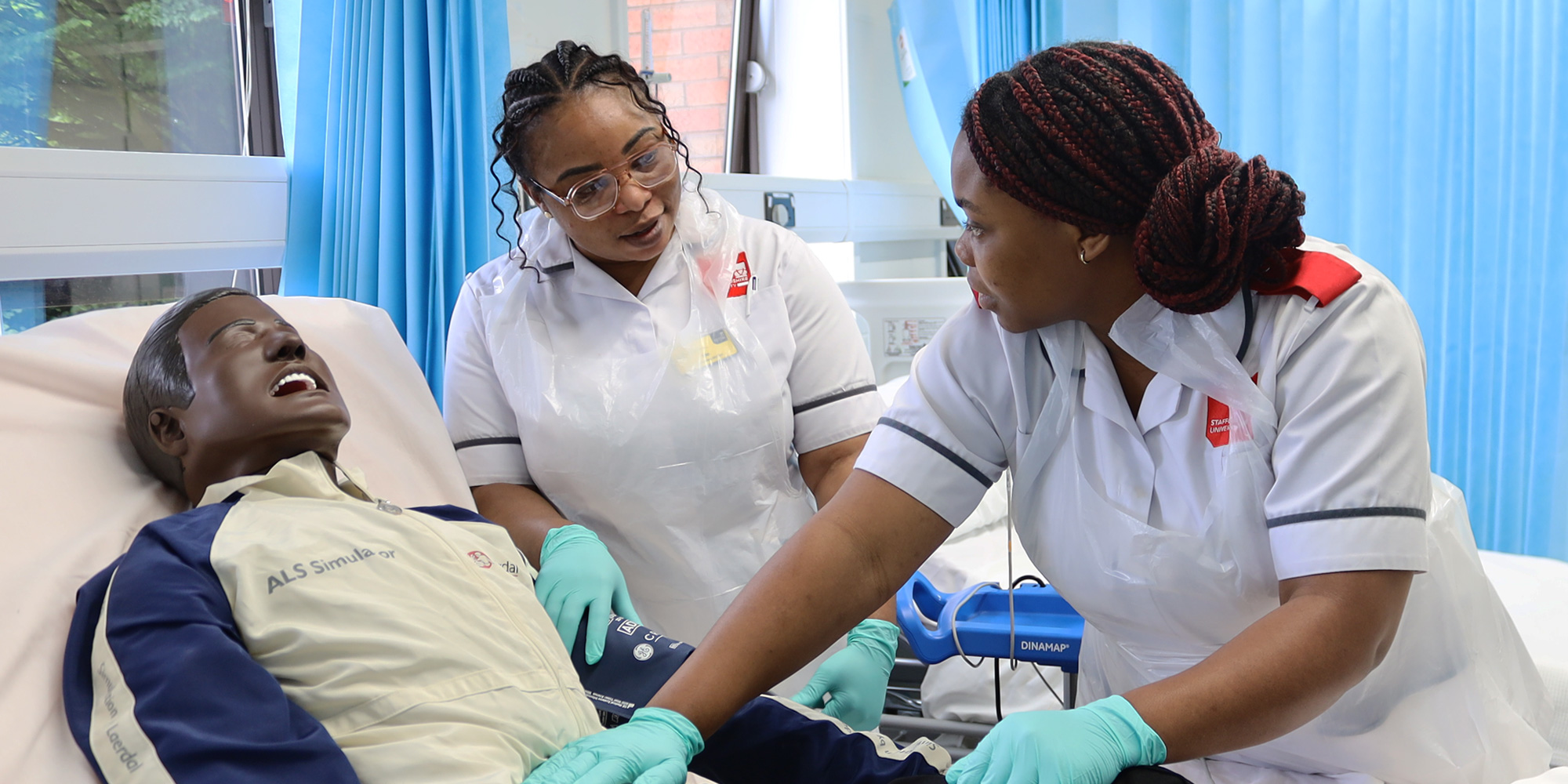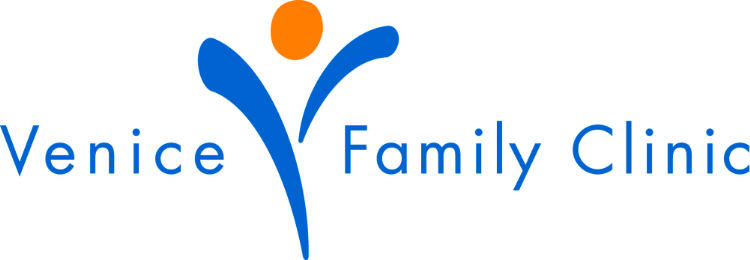Research for Nursing Practice

Case Study: Critical Appraisal of Quantitative and Qualitative Research for Nursing Practice
Introduction. Unrelieved postoperative pain remains a common problem despite advances in pain management. Complementary music has been suggested as an adjuvant to the standard of care treatment for postoperative pain.
Purpose. The purpose of this study was to determine if music therapy was an effective adjunct to decrease state anxiety, increase pain management, and enhance environmental noise satisfaction in the postoperative patient.
Method. A quasi-experimental nonequivalent control group design was used in this study, with participants assigned based on room assignment rather than randomly. The control group, which consisted of participants admitted to the A hallway, received the standard of care. The intervention group, which consisted of participants admitted to the B hallway, received complementary music therapy in the form of preprogrammed MP3 players, in addition to the standard of care. Neither analgesia type nor route was controlled. Each participant was enrolled for a total of 3 days or until discharge, whichever came first. Outcome measures were collected upon enrollment (Time One) and for the next 2 consecutive days (Time Two and Time Three). Participants in the intervention group were encouraged to listen to a selection of non-lyrical low decibel (less than 60 db) preprogrammed music for at least 30 minutes via an MP3 player after their prescribed analgesia was administered. State trait anxiety, as well as pain and environmental noise satisfaction, were assessed using the State-Trait Anxiety Inventory and two standardized questions from the Press Ganey survey.
Findings. Before the intervention was implemented, both groups were the same related to their average level of state and trait anxiety, pain, and noise perception. The patient’s state anxiety, pain perception, and noise perception were measured 1 day after the intervention was in place. A significant difference was found from Time One to Time Two in pain management (t = 3.938, p < .001) and environmental noise satisfaction (t = 3.457, p = .001), while there was no change in state anxiety (t = 0.373, p = .711). The intervention group experienced improved pain management (t = 7.385, p < .01) and environmental noise satisfaction over time (t = 4.371; p < .001); however, there was no improvement in state anxiety (t = 1.47; p = .159). The findings suggest music therapy decreases pain and environmental noise perception, although there was no effect on state anxiety.
Conclusions. Use of music therapy improves patients’ postoperative experience by increasing their pain management and white noise satisfaction. This intervention was inexpensive and easy to implement in the clinical setting and is therefore recommended to improve postoperative outcomes in other facilities.
Citation: Comeaux, T., & Comeaux, T. (2013). The effect of complementary music therapy on the patient’s postoperative state anxiety, pain control, and environmental noise satisfaction. Medsurg Nursing: Official Journal Of The Academy Of Medical-Surgical Nurses, 22(5), 313-318.
Background. There is insufficient evidence on the effects of music therapy on state anxiety of breast cancer patients following radical mastectomy.
Methods. A Hall’s Core, Care, and Cure Model-based clinical trial was conducted in 120 female breast cancer patients from March to November 2009. A randomized controlled design was used. The patients who were randomly allocated to the experimental group (n = 60) received music therapy in addition to routine nursing care, and the control group (n = 60) only received routine nursing care. A standardized questionnaire and the State Anxiety Inventory were applied. The primary endpoint was the state anxiety score measured at pretest (on the day before radical mastectomy) and at three posttests (on the day before patients were discharged from the hospital, and the second and third time of admission to the hospital for chemotherapy, respectively).
Results. The pretest score revealed that the majority of the patients had a moderate level (77%) and 15% had severe levels of state anxiety. The repeated-measure ANCOVA model analysis indicated that the mean state anxiety score was significantly lower in the experimental group than in the control group at each of the three posttest measurements. The mean difference between the experimental and control groups was -4.57, -8.91, and -9.69 at the first posttest, second posttest, and third posttest, respectively.
Conclusion. Music therapy is found to have positive effects on decreasing the state anxiety score.
Citation: Li, X., Zhou, K., Yan, H., Wang, D., & Zhang, Y. (2012). Effects of music therapy on anxiety of patients with breast cancer after radical mastectomy: a randomized clinical trial. Journal Of Advanced Nursing, 68(5), 1145-1155. doi:10.1111/j.1365-2648.2011.05824.
Question 1. Compare and contrast the clinical problem identified by each researcher.
Question 2. Identify the research design used in each study. Who used the more powerful strategy? How could the researchers have improved their designs?
Question 3. Why might Comeaux and Comeaux have selected their design?
Question 4. Who comprised the control groups?
Question 5. Compare the dependent variables.
Question 6. Compare the independent variables, describing variations in the study protocols.
Question 7. If you worked on a surgical unit, would you be willing to change your unit’s pain management protocols based on the results of these studies?
(Research for Nursing Practice)
References
Comeaux, T., & Comeaux, T. (2013). The effect of complementary music therapy on the patient’s postoperative state anxiety, pain control, and environmental noise satisfaction. Medsurg Nursing: Official Journal Of The Academy Of Medical-Surgical Nurses, 22(5), 313-318.
https://www.ncbi.nlm.nih.gov/pmc/articles/PMC4301134/
Li, X., Zhou, K., Yan, H., Wang, D., & Zhang, Y. (2012). Effects of music therapy on anxiety of patients with breast cancer after radical mastectomy: a randomized clinical trial. Journal Of Advanced Nursing, 68(5), 1145-1155. doi:10.1111/j.1365-2648.2011.05824.
https://doi.org/10.1111/j.1365-2648.2011.05824
Do you need a similar assignment done for you from scratch? Order now!
Use Discount Code "Newclient" for a 15% Discount!












